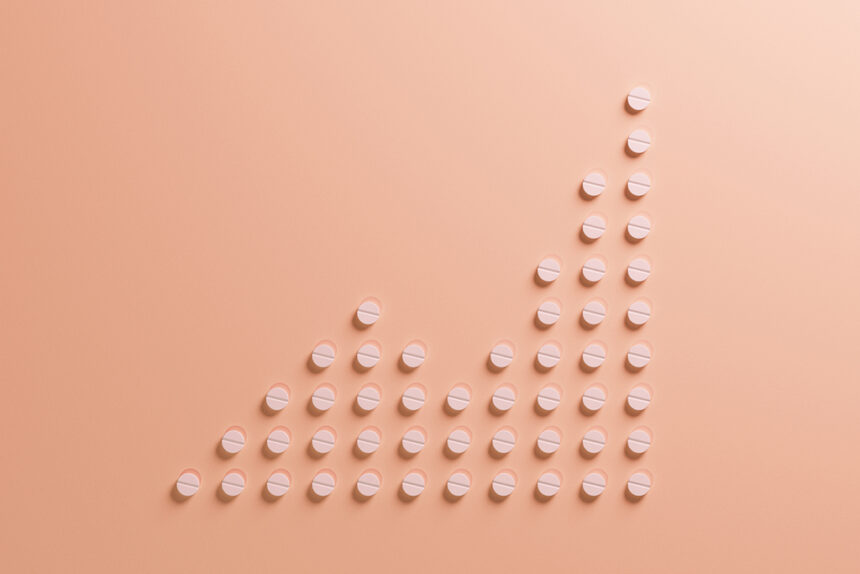As it does every New Year, the pharma industry is set to raise list prices on prescription drugs.
More than 500 drugs this January, to be specific, according to Reuters and research firm 3 Axis Advisors.
Typically, pharma companies increase drug costs by about 5 to 6% every year, with a slew of new higher prices rolled out every January. The annual tradition has continued even amid backlash over high drug costs and increased efforts by the federal government to crackdown on pharma companies that raise drug prices faster than the rate of inflation.
Pfizer has announced the most drug price hikes for the second year in a row, accounting for about 25% of all the increases planned, or about 124 drugs. Baxalta, which is owned by Takeda Pharmaceutical, comes second to Pfizer, planning 53 price hikes. Meanwhile, UCB Pharma comes in third, with 40 price hikes.
While Sanofi has planned to reduce the prices of its insulin products this year, the French pharma giant also announced it will be increasing the prices of its typhoid fever, rabies and yellow fever vaccines by 9% each this year.
However, running counter to the trend, some drugmakers are planning on cutting costs. Notably, GSK said it will reduce the prices of some of its asthma, herpes and anti-epileptic drugs in January.
The move comes as the pharma industry braces for the first wave of Medicare negotiations as included in the Inflation Reduction Act (IRA) passed in 2022.
Last year, the federal government chose the first 10 drugs that will be included in negotiations and all pharma companies making those drugs agreed to participate in the program.
This year, the first Medicare negotiations will take place. In September, the Centers of Medicare and Medicaid Services will announce the new set prices of those drugs, though they won’t go into effect until 2026.
The federal government has also used another channel to reign in high drug costs — by cracking down on pharma companies who raise prices faster than inflation, and requiring them to pay rebates to Medicare.
In December 2023, the White House released a fact sheet stating it identified 48 Medicare Part B drugs in the last quarter of 2023 that saw price hikes faster than the rate of inflation. A provision in the IRA requires pharma companies to pay rebates to Medicare if their drug costs are exceeding inflation rates.
Some of the pharma companies targeted in the latest crackdown include Novartis for its lymphoma and leukemia drug Kymriah, as well as Amgen’s acute lymphoblastic leukemia treatment, Blincyto.
At the end of last year, the Biden administration also announced it would be considering the use of “march-in rights” to reign in drug prices further.
Typically, pharma companies raise prices every January, with the 1,425 drugs seeing increases in 2023. That was a drop from 2022, which saw price increases on 1,460 drugs.
This comes as the presidential election cycle ramps up, with drug pricing emerging as an issue that is likely to receive significant attention from candidates and voters alike.
A survey conducted by advocacy organization the Campaign for Sustainable Rx Pricing (CSRxP) found 70% of voters across the political spectrum are concerned about drug prices and nearly three-fifths of respondents said they believe pharma companies are most responsible for high drug prices.







